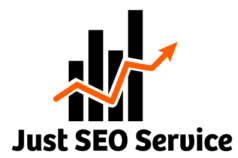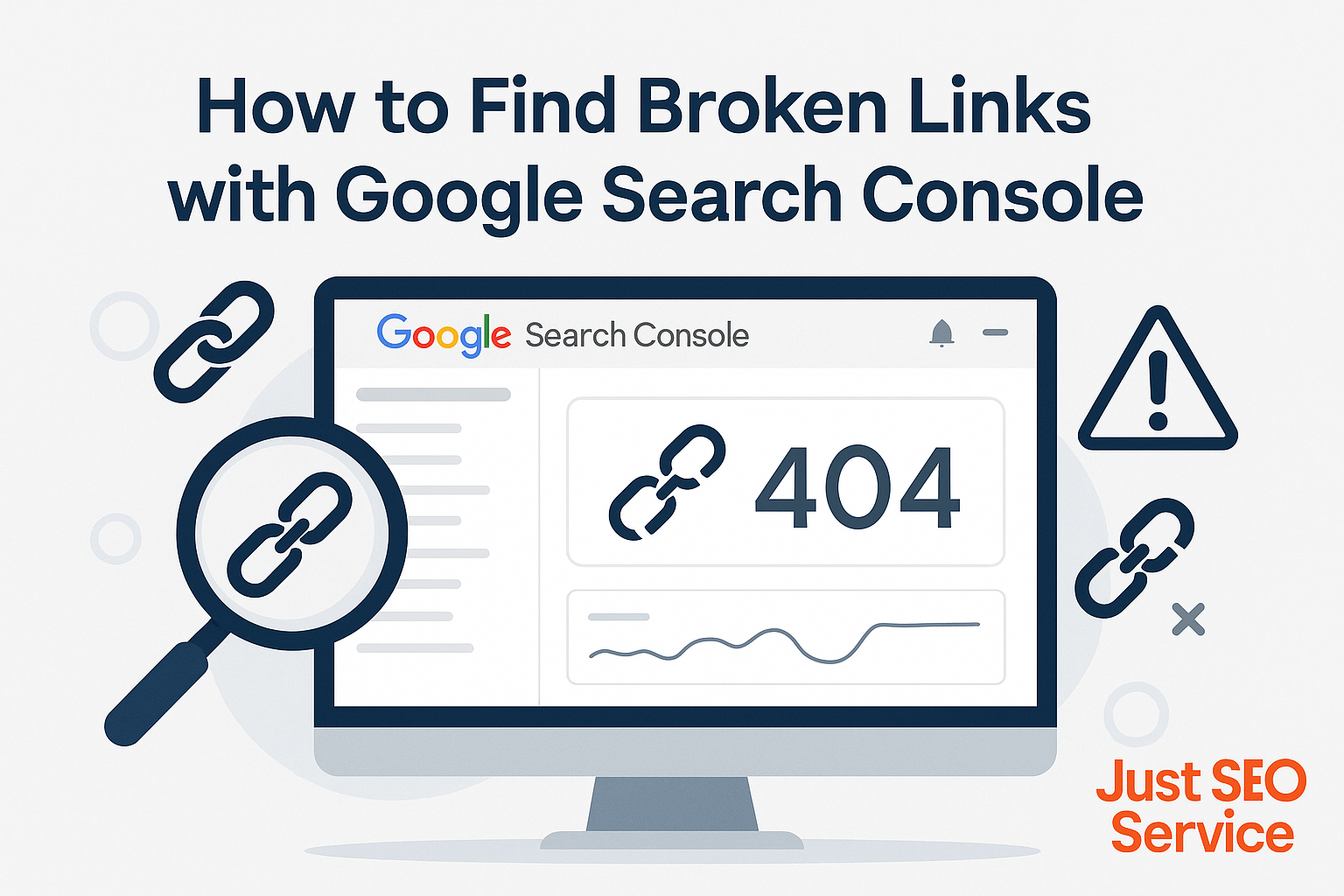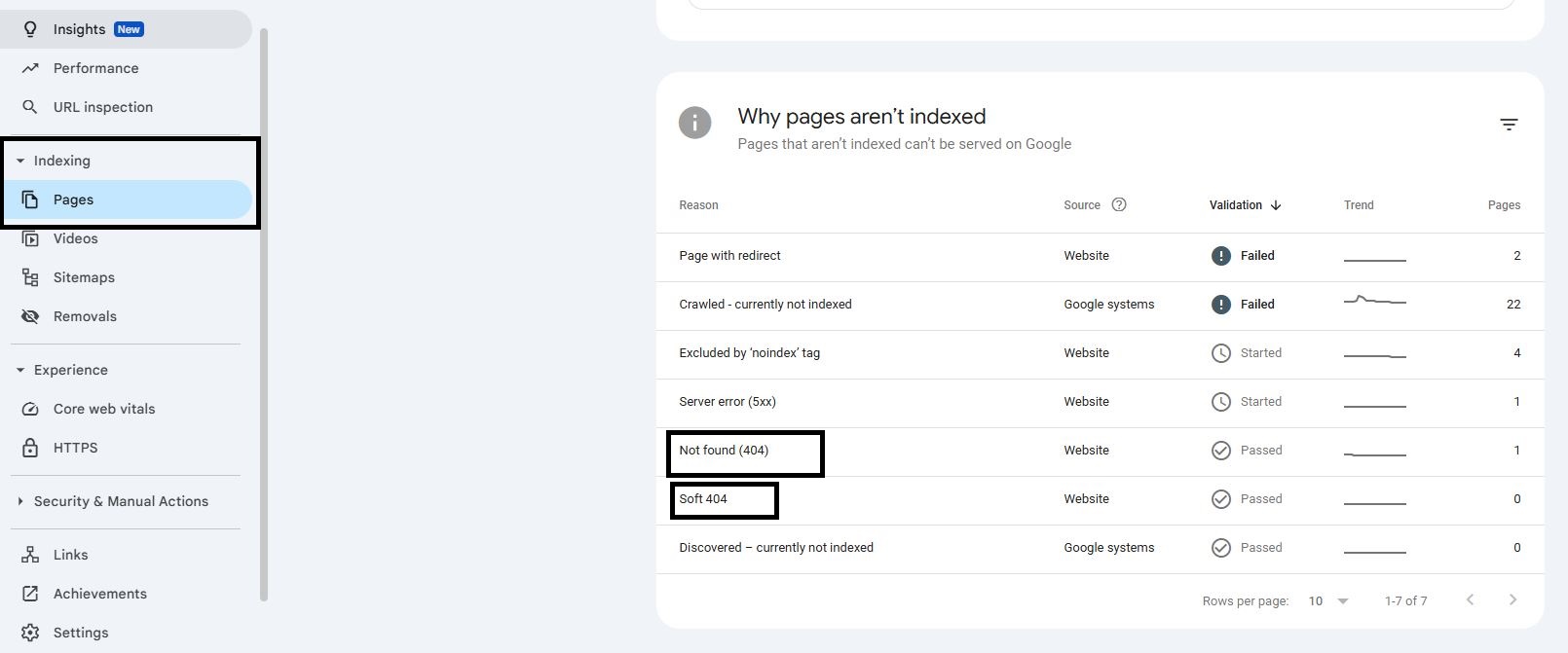How to Find Broken Links with Google Search Console
Broken links can silently damage your website’s performance, frustrating users and harming your search rankings.
While these dead URLs may seem like minor issues, they create poor user experiences and signal to search engines that your site lacks proper maintenance. Google Search Console provides powerful tools to identify and fix these problems before they impact your SEO efforts.
This guide will walk you through the process of using Google Search Console to find broken links on your website. You’ll learn how to access the right reports, interpret the data, and take action to improve your site’s health and user experience.
What Are Broken Links and Why Do They Matter?
Broken links are URLs that no longer work, typically returning 404 error codes when accessed. These can occur when pages are deleted, moved without proper redirects, or when external sites you link to remove their content. Beyond frustrating visitors who click on non-functional links, broken links send negative signals to search engines about your site’s quality and maintenance standards.
Google’s crawlers regularly scan websites to index content. When they encounter broken links, it can waste crawl budget and prevent proper indexing of your valuable pages. This makes identifying and fixing broken links essential for maintaining strong SEO performance.
Understanding Google Search Console Reports
Google Search Console offers several reports that help you identify broken links and crawl issues. The most relevant sections for finding broken links include the Coverage report, which shows pages with errors, and the Links report, which displays both internal and external linking patterns.
These reports provide comprehensive data about how Google’s crawlers interact with your website. By understanding what each report shows, you can quickly locate problematic URLs and prioritize fixes based on their impact on your site’s performance.
How to Access Broken Link Data in Google Search Console
To find broken links using Google Search Console, start by logging into your account and selecting your verified website property. Navigate to the “Pages” section under “Indexing” in the left sidebar. This report shows you which pages Google has successfully indexed and which ones have encountered problems.
Look for the “Why pages are Not indexed” section, which contains several categories including “Page with redirect,” “Not found (404),” and “Soft 404.” These categories often contain broken links that need attention. Click on each category to view the specific URLs affected.
Analyzing the Coverage Report
The Coverage report breaks down your site’s pages into four main categories: Error, Valid with warnings, Valid, and Excluded. The Error section is particularly important for identifying broken links, as it includes 404 errors and other crawl issues.
When you click on specific error types, Google Search Console provides a list of affected URLs along with the dates when these issues were first detected. This information helps you understand which links have been broken the longest and may require immediate attention.
Using the URL Inspection Tool
For individual pages, the URL Inspection tool provides detailed information about specific URLs. Enter any URL from your website to see how Google views that page, including whether it’s accessible and properly indexed.
This tool is particularly useful when you suspect specific pages have linking issues or when you want to verify that recently fixed broken links are now working properly. The tool shows both the current status and any historical issues Google has encountered with the URL.
Finding External Broken Links
External broken links occur when you link to other websites that have since removed or moved their content. While Google Search Console doesn’t directly report external broken links, you can infer some issues from the Links report.
The External Links section shows which external sites you link to most frequently. While this doesn’t identify broken external links directly, it helps you prioritize which external links to manually check, especially if you notice significant drops in referral traffic from certain domains.
For comprehensive external link checking, you may need to supplement Google Search Console with additional tools or manual checking of your most important external links.
Interpreting Error Messages and Status Codes
Google Search Console provides various error messages that indicate different types of broken link issues. The most common include “Not found (404),” which means the page doesn’t exist, and “Server error (5xx),” indicating server-side problems.
“Soft 404” errors deserve special attention as these occur when a page returns a 200 status code but contains little or no content. These might be pages with error messages that don’t properly return 404 status codes, potentially confusing both users and search engines.
Understanding these different error types helps you prioritize fixes and determine the appropriate solution for each broken link.
Step-by-Step Guide to Identifying Broken Links
Begin by accessing your Google Search Console dashboard and selecting your website property. Navigate to “Pages” under the “Indexing” section and review the “Not indexed” categories for 404 errors and other crawl issues.
Click on each error category to expand the list of affected URLs. Download this data using the export function to create a comprehensive list of broken links that need attention. Sort the list by the date first detected to prioritize older issues that may have been affecting your site’s performance for extended periods.
For each broken link, use the URL Inspection tool to gather more detailed information about the specific issue and any suggested fixes.
How to Fix Broken Links Found in Google Search Console
Once you’ve identified broken links, you have several options for fixing them. For internal broken links, you can either restore the missing page, redirect the URL to a relevant existing page using 301 redirects, or remove links pointing to the broken URL from other pages on your site.
For pages that were intentionally removed, implementing 301 redirects to the most relevant existing content provides the best user experience and preserves any SEO value from the original page. If no suitable replacement exists, ensure the page returns a proper 404 status code rather than a misleading 200 status.
After making fixes, use the “Request Indexing” feature in Google Search Console to expedite Google’s re-crawling of the corrected URLs.
Monitoring and Preventing Future Broken Links
Regular monitoring helps prevent broken links from accumulating and affecting your site’s performance. Set up email notifications in Google Search Console to alert you when new crawl errors occur, allowing you to address issues quickly.
Establish a monthly review process where you check the Coverage report for new broken links and verify that previously fixed issues remain resolved. This proactive approach helps maintain your site’s health and prevents small issues from becoming larger problems.
Consider implementing automated link checking tools or website monitoring services that complement Google Search Console’s reporting, providing more comprehensive coverage of both internal and external link health.
Take Action on Your Broken Links Today
Finding and fixing broken links doesn’t have to be overwhelming when you use Google Search Console effectively. By regularly monitoring your site’s coverage reports and addressing issues promptly, you can maintain a healthy website that provides excellent user experiences and strong SEO performance.
Start by accessing your Google Search Console account today and reviewing your current broken link status. Create a systematic approach to identifying, prioritizing, and fixing these issues to keep your website running smoothly. Remember that consistent maintenance is more effective than periodic large-scale fixes, so establish a regular monitoring routine that fits your schedule and resources.
For expert assistance in fixing broken links or 404 pages, consider partnering with Just SEO Service for reliable and results-driven solutions.


